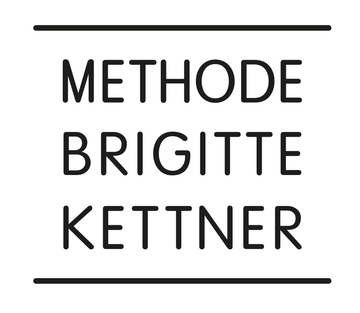They may sound like the same thing, but there is a defining difference between dehydrated skin and dry skin. Your skin could even be both at the same time or oily and dehydrated at the same time. Here’s what you need to know.
The Difference Between Dehydrated Skin And Dry Skin
Dehydrated skin is a condition that can be resolved. It means your skin is lacking water. Even if dehydration returns, you can rehydrate your skin, just like you can hydrate the rest of your body. It’s likely that if your skin is dehydrated your body is too.
Just like oily skin, dry skin is a life-long skin type. Your skin produces less sebum, a naturally occurring oil. Dry skin is something you will have to treat proactively your entire life. This will include adjusting the skincare products you apply from head to toe, as well as eating foods or taking supplements rich in Omega fatty acids.
If your skin type is dry and you are lacking moisture, your skin could be both dry and dehydrated. If your skin type is oily (you produce too much sebum) and you are lacking moisture your skin could be dehydrated.
How To Tell If Your Skin Is Dry Or Dehydrated
Dehydrated skin is often caused by a lack of water, too much caffeine, weather, and environmental toxins. It often causes your skin to look dull, red, inflamed, and congested—which can lead to breakouts. You may also have darker than usual circles beneath your eyes.
Dry skin is typically visibly dry, flaky, itchy, and uncomfortable. If not addressed rapidly, your skin can crack. Remember, we aren’t just referring to the skin on your face. If you have a dry skin type, you will struggle with dry skin from head to toe.
If you aren’t sure if your skin is dry or dehydrated, try the pinch test. Gently pinch your cheek for a second or two. If it wrinkles with gentle pressure or doesn’t immediately snap back into place, your skin is dehydrated. If your skin is also itchy, flaky, and uncomfortable it may also be dry.
How To Treat Dry And Dehydrated Skin?
If your skin type is dry, eat Omega-3 fatty acids at least 3 days a week. This includes avocados, walnuts, and salmon. Also, apply body lotion and facial moisturizer from head to toe every time you shower. Carry hand lotion with you to apply after washing your hands. While many skin types need to switch to lighter facial creams in the summer, you may need thicker creams year-round. When your skin is ultra-dry, you will need to reapply your skin care lotions and creams multiple times a day.
If your skin is dehydrated, try to determine the cause and eliminate the contributing factor. Even if you don’t know the cause, limit your caffeine and kick your water consumption up a notch. Then, transition to a thicker facial moisturizer at least until your hydration returns.
If the air in your home or office is dry, a humidifier will help both dry and dehydrated skin.
What Is The Best Facial Product For Dry Or Dehydrated Skin?
Whether your skin is dry, dehydrated, or both our Aqua Pure Lotion Toner works as both a proactive and reactive approach. In addition to being part of our ultra-hydrating Aqua Pure Line, our Lotion Toner contains Bisabolol. Bisabolol is a naturally occurring compound found in chamomile, and many other plants. It works as a rapid anti-inflammatory to soothe your skin. As a toner, it will also restore your skin’s pH balance. When your pH balance is off, it can accelerate the symptoms of dryness and dehydration.
As always, Methode Brigitte Kettner turns to nature to formulate skincare products with ingredients backed by scientific research. If you aren’t sure which of our products will resolve your skincare conditions, just ask!
